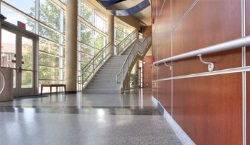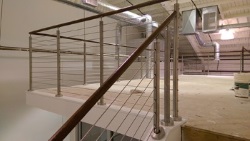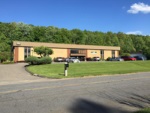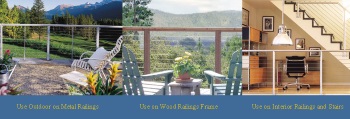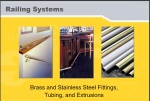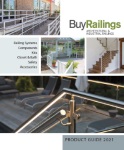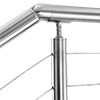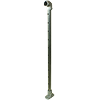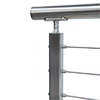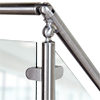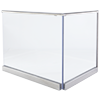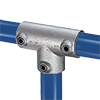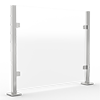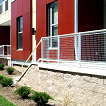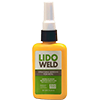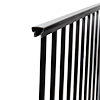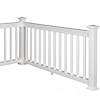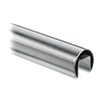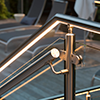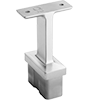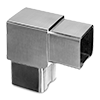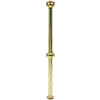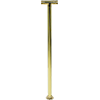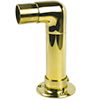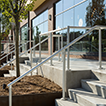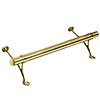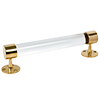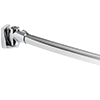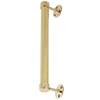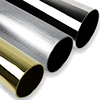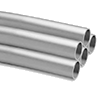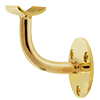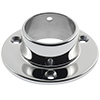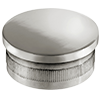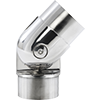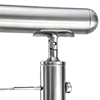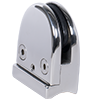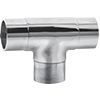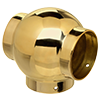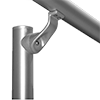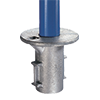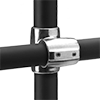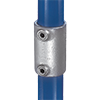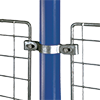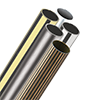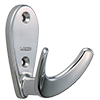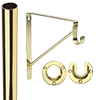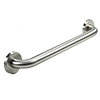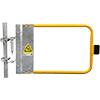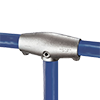Stainless Steel and Corrosive Environments
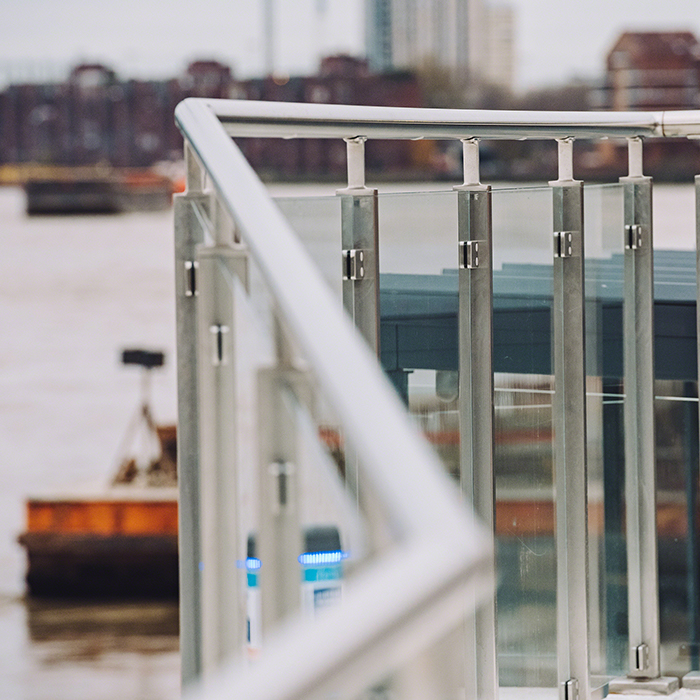 Stainless steel belongs to the iron-based alloy family. On average, it contains 12 percent chromium, which is the chemical element that produces an anti-corrosive, invisible thin layer of oxide, better known as the passive layer, and is the protective property.
Stainless steel belongs to the iron-based alloy family. On average, it contains 12 percent chromium, which is the chemical element that produces an anti-corrosive, invisible thin layer of oxide, better known as the passive layer, and is the protective property.
A corrosion-resistant layer naturally forms when chromium reacts with sufficient oxygen (via air and water). If this protective layer is damaged or removed during fabrication or polishing, it will self-repair immediately as long as the surface is clean.
Although stainless steel is more resistant to corrosion than other carbon and alloy steels, the term stainless steel describes the metal’s rust-resistant properties. However, stainless steel does not mean it is entirely stain-resistant in certain conditions. It is essential to follow a preventative maintenance program to keep the desired look.
Corrosive Environments
Other chemical reactions that may cause stainless steel deterioration include carbon picked up from bending or fabricating tools, finishing equipment, or steel covered workbenches. The fumes from muriatic acid solution often used by contractors or masons on masonry can attack stainless steel.
When considering the material’s mechanical finish — satin or mirror — corrosion-causing agents will collect within the fine lines of a satin finish instead of a smooth mirror surface.
There are varying levels and types of corrosion. If corrosion is a concern, it is advisable to seek additional technical reading on the subject.
Preventative Maintenance
Effectively clean and maintain your stainless steel railing systems with one of our maintenance accessories. Products offered by BuyRailings are a high quality blend of chemicals formulated for cleaning, rust removal and passivation of stainless steel products.
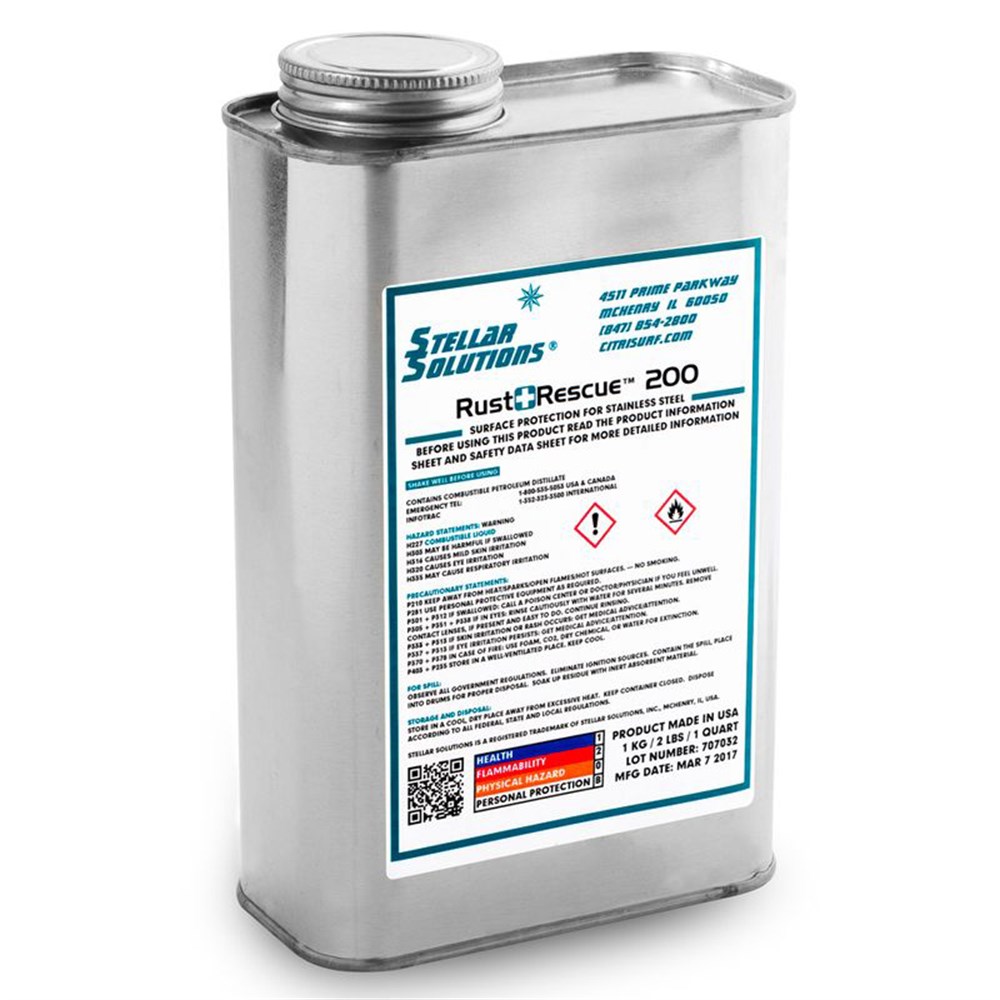
We offer an environmentally friendly, citric acid based CitriSurf® product that simplifies the process by performing both tasks in one treatment so that the stainless surface stays clean and beautiful for as long as possible. Removing rust from and passivating stainless steel with CitriSurf products is quick, easy, safe and inexpensive.
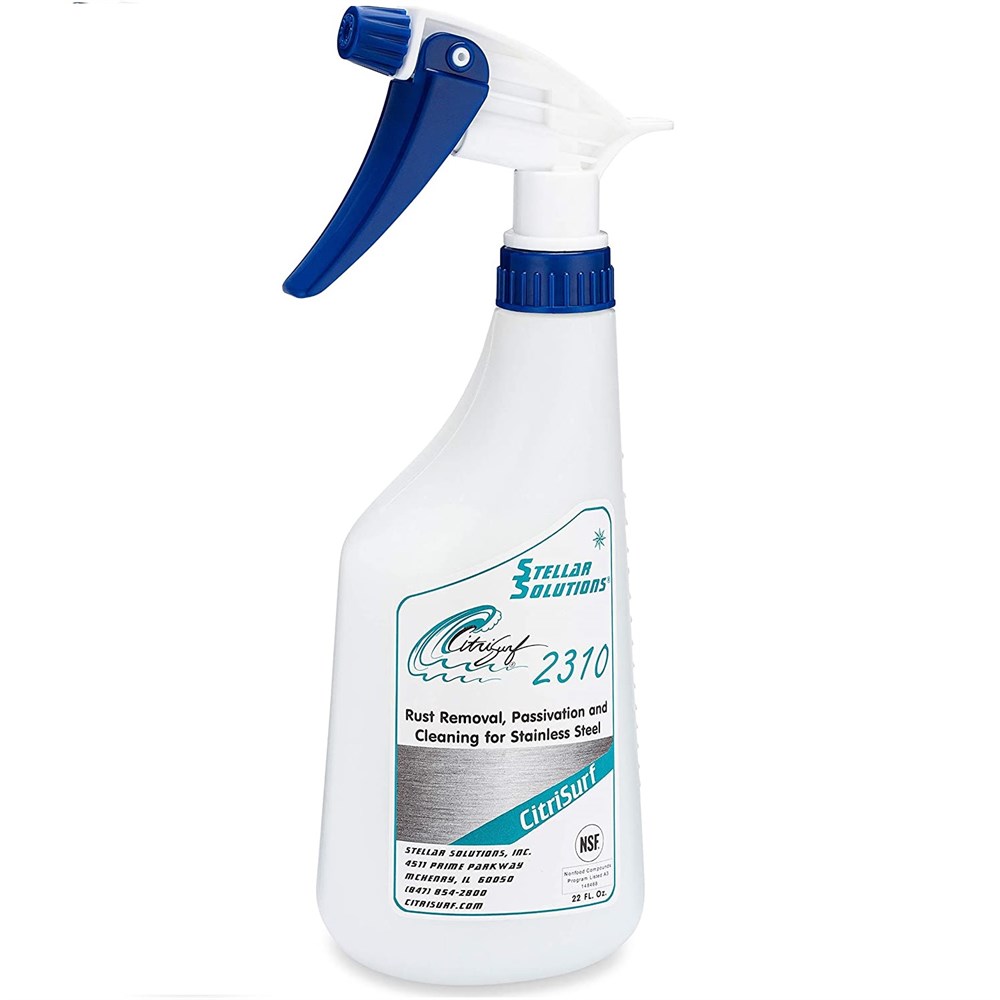
Rust Rescue™ is not a surface sealant or coating, but a material that flows into any pits, pores, crevices, and other deep surface features to help protect them from corrosion- inducing air and moisture.
This is especially helpful in highly corrosive environments and where pit corrosion has occurred, to keep new rust from bleeding out of the pits onto the surface. The stainless should be cleaned and passivated with CitriSurf first, and after the surface is completely dry, Rust Rescue can be applied.
More information on safety and application of these products can be found here.



